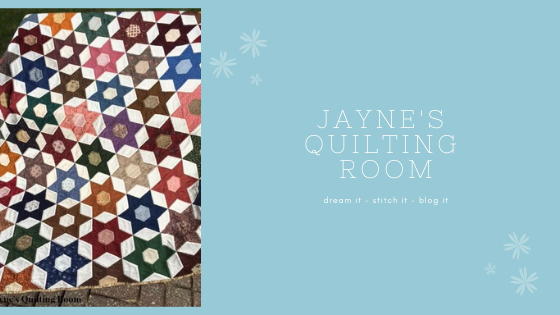I will repeat here what I said in part 1: If you are here to see quilting pictures and read quilt-talk, I will not be covering anything of the sort in this post. I'm offering up some bona fide culture today. (You can bail now, if you like.)
Detail from Intimacy or Mender at the Window (1903) ~ Maurice Denis (1870-1943) The artist "captures a moment of quiet happiness;" his wife sews while his two daughters play dominos and through the window a servant works in the garden.
A Tear for a Drop of Water (1903) by Luc-Olivier Merson (1846-1920) In this oil on canvas, the painter depicts a key episode from Victor Hugo's Notre-Dame de Paris. Quasimodo is in the pillory before a raucous crowd when the gypsy Esmeralda takes pity on him and offers him some water.
The Seller of Songs (1903) by Victor Gilbert (1847-1935) No narrative for this was offered, but I was struck by the wonderful play of light on the subjects and the joy on the faces.
Portrait of Andre Rivoire (1901) by Henri de Toulouse-Lautrec (1864-1901) While Toulouse-Lautrec is well known for his depictions of bohemian nightlife, he was also an accomplished portraitist. He was a good friend of poet and playwright Andre Rivoire.
Portrait of Auguste Rodin (1881) ~ by Francois Flameng (1856-1923).
Ophelia (1894) by Paul Steck (1866-1924) I was immediately struck by the sorrow evoked in this painting; then I recognized it as the drowning of Ophelia in Shakespeare's Hamlet. The accompanying detail explains that Steck "depicts the scene in art nouveau style. Rather than focusing on the horror of her death, he lingers on the young woman's serpentine shape, which echoes the vegetation surrounding her."
On the Boulevards (circa 1895) (top) and At the Champs-Elysees (1894) both by Louis Abel-Truchet (1857-1918) ~ From the details for the top painting: "...two Parisian women strolling one of the Grands Boulevards, favorite destinations for nineteenth-century residents and visitors wishing to take promenades or seek entertainment. The women hardly seem to notice the gloomy winter weather as they walk and talk, carefully lifting their skirts to keep them from getting soiled by the street - a skill that supposedly only Parisian women could master to perfection."
Details from the description for the second painting explain that Abel-Truchet was a master of the urban landscape. Here he depicts much in a single painting - a child in the foreground with three women watching him; a girl behind them running after a hoop; then behind her a row of trees that nearly obscures the famous Avenue des Champs-Elysees that gives the painting its title. (Click on the picture to enlarge for a closer look.)
Linen Sale (1898) by Henry Thiriet (1873-1946) ~ This is a color lithograph poster with a subject matter that, as a quilter, I find interesting.
Alphonsine's "Charlotte" (1905) by Leon-Francois Comerre (1850-1916) ~ Alphonsine was a well-established milliner who commissioned Comerre to paint this for the purpose of promoting her newest hat called the "Charlotte." The model in the painting is the artist's 15-year-old daughter.
After the Races at Auteuil (1893) by Alfred Smith (1854-1936) ~ From the description "Horse races were among the Parisian elite's favorite pastimes, providing opportunities for wealthy ladies to don their finest brightly colored summer clothes, which stood out against the darker shades worn by the men."
Portrait of Madame Rene Prejelan (1903) by Antonio de La Gandara (1861-1917) ~ The subject of this painting is the wife of painter and illustrator Rene Prejelan. The artist "focuses on her large feathered hat, a fashionable accessory around 1900. The revealing neckline of her long ball gown shows off the curve of her shoulders, and her S-shaped silhouette exemplifies the style of the period - a corset attenuates her waist, rounds her hips and emphasizes her bust."
Whew! One more installment of this little (?) exhibit. I got tired while putting this post together; I hope you haven't grown tired as well!
Happy Quilting, Friends!













Not tired at all. Thanks for sharing the pictures and their explanations. I know memories of this exhibit will remain with you for a long time. This show reminds me of an exhibit I saw at the Toledo Museum of Art in the mid 80’s - like this exhibit, the subject was Impressionists. I learned so much, and no matter how many musuems I have visited since then or how many exhibits I have seen, that is the one I remember the most.
ReplyDelete